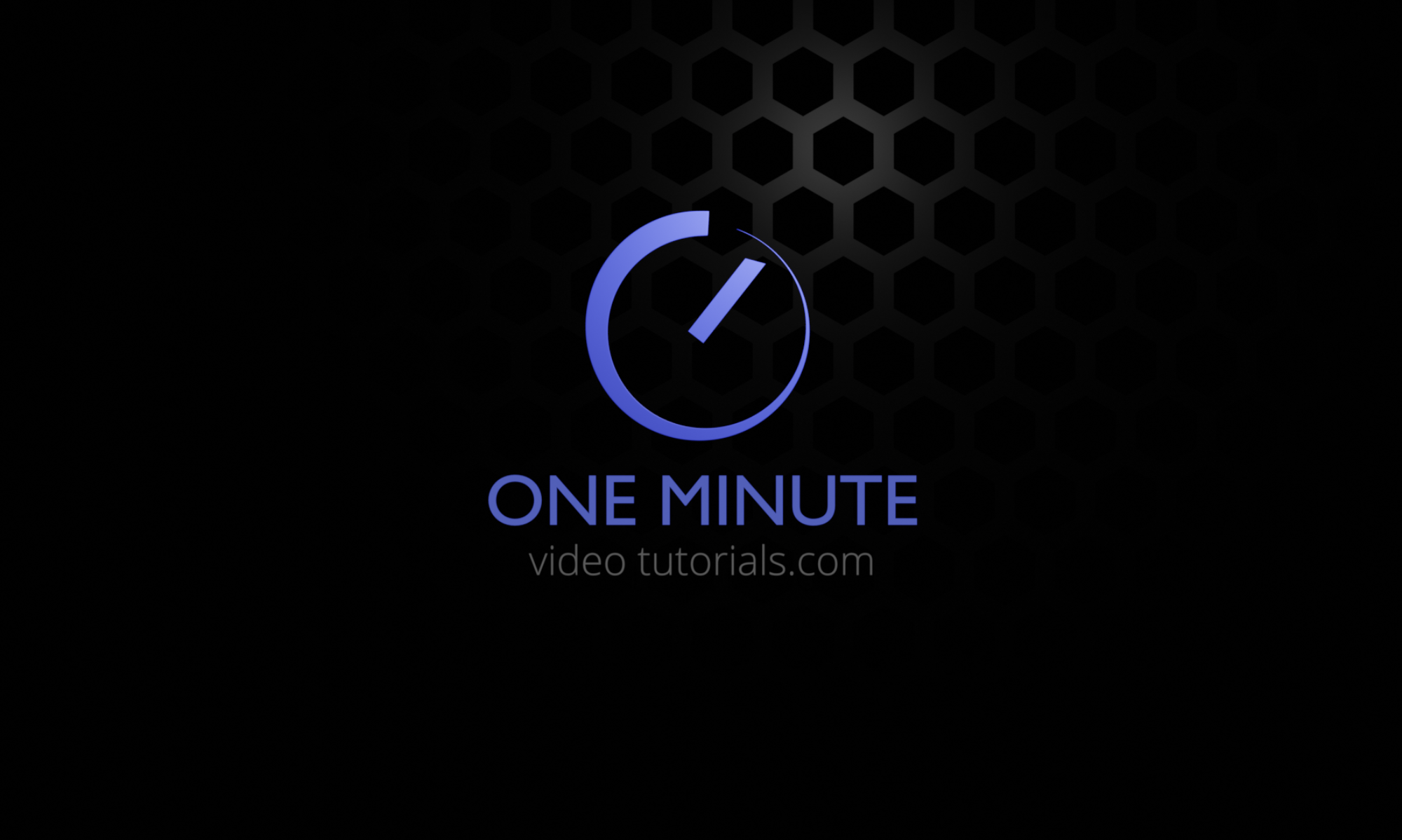The possibility of creating new scenes comes really handy in Blender: instead of creating multiple .blend files and keeping track of them, you can have a single .blend file with various different scenes instead. You can create new scenes from the “Scene” menu at the top of the interface by clicking on the little + button. When you do so, you will be presented with five different options:
“New”
“Copy settings”
“Link objects”
“Link object data” and
“Full copy”
In this article we will explain the differences between those options.
NEW
Selecting “New” will create a completely empty scene with all the settings set to default. This is rarely what we want, since typically we want to use at least some common settings between the various scenes and usually we want to share things like meshes and armatures as well.
COPY SETTINGS
Selecting “Copy settings” will create a completely empty scene, but with similar settings than in the previous one. These settings can be things like the “render” settings and “scene” settings.
LINK OBJECTS
Selecting “Link objects” will create a scene with all the same objects and every aspect of them is linked together: if you rotate an object in the first scene, it will also rotate in the second scene. While one can imagine situations in which this is useful, it doesn’t offer us the flexibility of creating different animations in different scenes for the same objects. It can however be a handy starting point: perhaps you want some aspects of your scene, like the surroundings for example, to be fully linked so that if you reshape the landscape in scene 1 it will automatically also change in scene 2. You could combine that behavior with making some objects independent of each other with the “make single user” command.
Link objects can also be used as a clever way of alternating between different selections, since selected objects are scene-independent. So you could have some objects selected in scene 1 and other objects selected in scene 2 and then switch between those scenes simply to decide which set of selected objects you currently need.
LINK OBJECT DATA
Selecting “Link object data” will create a scene with all the same objects and settings. The objects will share the same meshes, vertex groups, materials etc but they can still be independently manipulated in object mode (like translated, rotated and scaled for example). Editing the mesh in edit mode will edit the mesh all the scenes. Creating a new animation in one scene will not repeat that animation in the other scene. However, any animations before creating the new scene will share the same action and if you edit such an animation in one scene, it will also change it in the other. If that’s not what you want, you need to make the action “single user” by selecting “object” –> “make single user” –> “object animation”. Now those two objects can be animated individually. This “link object data” option is probably the one to go for as it offers a good balance between freedom and connection.
FULL COPY
Selecting “Full copy” will create a scene with all the same objects and settings but everything will be an independent copy. So changing things in one scene will in no way affect the other. This is very stress free and gives you the ultimate freedom, but you also loose all connectivity and can end you up with a very bloated project file, because everything is always duplicated. So for example the same material can end up having tens or even hundreds of copies so changing the material can get tedious.
